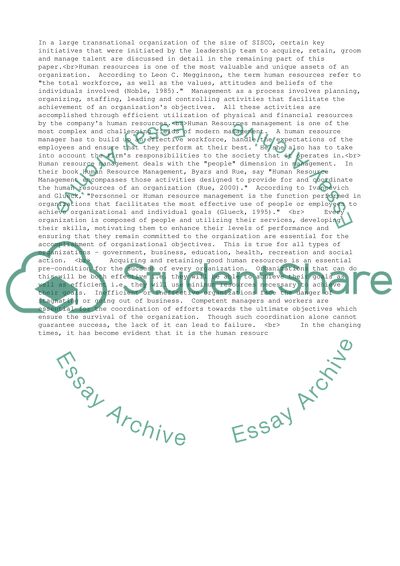Cite this document
(“Development of organisational capability at SISCO Article”, n.d.)
Development of organisational capability at SISCO Article. Retrieved from https://studentshare.org/business/1511894-development-of-organisational-capability-at-sisco
Development of organisational capability at SISCO Article. Retrieved from https://studentshare.org/business/1511894-development-of-organisational-capability-at-sisco
(Development of Organisational Capability at SISCO Article)
Development of Organisational Capability at SISCO Article. https://studentshare.org/business/1511894-development-of-organisational-capability-at-sisco.
Development of Organisational Capability at SISCO Article. https://studentshare.org/business/1511894-development-of-organisational-capability-at-sisco.
“Development of Organisational Capability at SISCO Article”, n.d. https://studentshare.org/business/1511894-development-of-organisational-capability-at-sisco.


